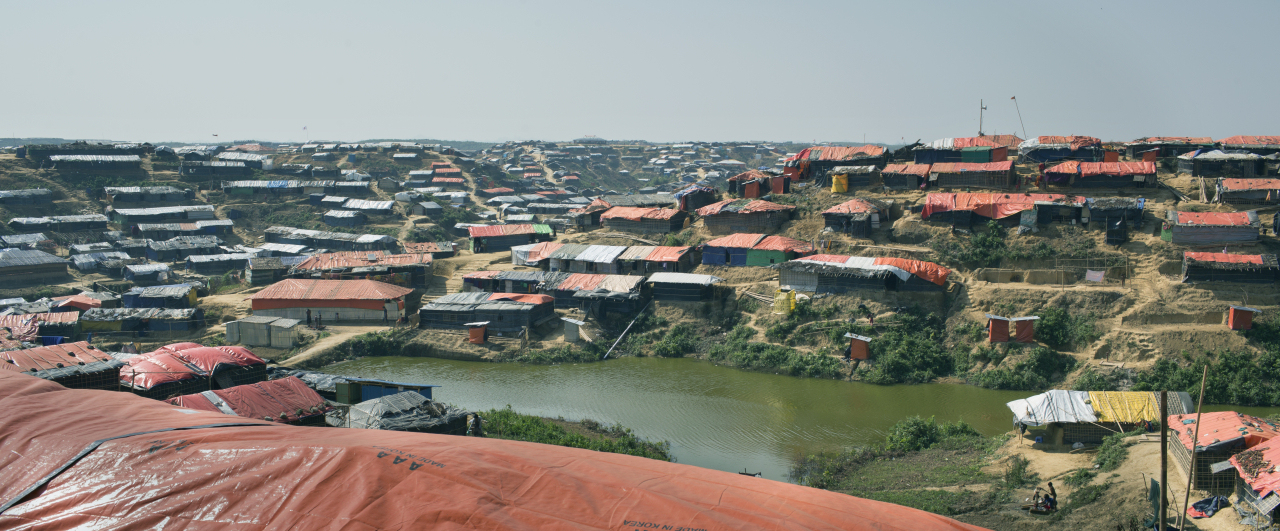Image: Kutupalong refugee camp, Ukhiya, Cox‘s Bazar, Bangladesh © Farzana Hossen
Study protocol
Published in PLOS ONE
Conducted by Ipas in partnership with the University of California, Berkeley, and the Association for Prevention of Septic Abortion, Bangladesh (BAPSA), this study protocol introduces a new method to more accurately measure maternal deaths caused by abortion complications among forcibly displaced populations living in refugee camps.
Main takeaway
In humanitarian settings, abortion-related maternal deaths are often underreported, leaving major gaps in care. This study protocol outlines an innovative community-facility capture-recapture (CFCR) method that will combine information from health facilities and community sources to more accurately count these deaths. By closing information gaps, this approach can help global health practitioners design better interventions to prevent unsafe abortion practices and save lives.
Why it matters
Forcibly displaced people—particularly women, girls, and others who can become pregnant—face serious threats to their reproductive health. While armed conflict and gender-based violence increase the need for safe abortion and post-abortion care, crisis settings pose major barriers to access. Crisis response often overlooks this need while stigma, restrictive laws, and lack of health-care infrastructure make it difficult to access the few safe abortion or postabortion resources available.
Without accurate data on maternal deaths caused by unsafe abortion, it’s difficult to respond with appropriate care and resources. This study protocol proposes a new way to fill that gap. It focuses on the Forcibly Displaced Myanmar National (FDMN) camps in Cox’s Bazar, Bangladesh, where underreporting is a serious challenge. Using the community-facility capture-recapture (CFCR) method, the research team hopes to count deaths that might otherwise go undocumented and shine a light on this hidden crisis.
What the study will do
- Review records: The research team will look at maternal death reports from health facilities and the camp administration to understand current reporting systems.
- Interview providers: They will speak with health-care workers involved in reproductive health and maternal death surveillance to learn how abortion-related deaths are tracked.
- Use the CFCR method: This new approach will combine data from facilities and community sources to estimate the true number of maternal deaths from abortion complications.
- Fill data gaps: The protocol highlights the lack of information about menstrual regulation, safe abortion, post-abortion care, and abortion-related deaths in crisis settings—and aims to address it.
Noteworthy
This study will be one of the first to apply a community-facility capture-recapture method to abortion-related maternal mortality in a refugee setting. By using both facility and community data to address major blind spots in traditional reporting, this approach offers a model that can be adapted to other humanitarian contexts where women’s health needs are often overlooked.


